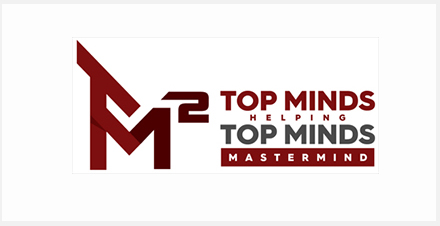Project management has three P’s, which are projects programs and portfolios. What is the relationship between the three P’s? There are significant differences between project, program and portfolio management. However, they must align with or be compelled by a company’s strategies. The three P’s provide different options for reaching goals.
About Portfolio Management
A portfolio contains a collection of projects formed to reach a company’s goals. An organization’s project collection can be created for the whole company or for one of a company’s divisions.
Projects are temporary ventures that feature a start period and an end date. A project is the development of a new service or a product. An example of a project would be a car company developing a new vehicle model. In this case, vehicle designers would be tasked with developing the look of the vehicle while the mechanics would need to develop the engine.
About Program Management
A program is several projects that are related to one another or similar. Program managers oversee these projects in a way that’s coordinated to reach a particular goal.
Program management requires managers to assess and oversee different projects. They do this to determine the best strategy for their organization. Program managers must be comfortable making changes when needed.
Program management gives companies the ability to bring several projects together. They do this to combine costs, optimize the schedule and operate more efficiently.
Managers should be able to determine the best approach for overseeing projects. Program management features tasks like handling resource problems that may impact several projects. They must also align the organization’s strategic direction.
About Project Management
A project is a temporary venture that a project manager oversees to develop a product, result or service. Companies generally have several projects happening simultaneously. Along with this, projects have different needs and goals.
Project management is applying the proper processes, skills, tools and techniques to successfully complete assigned goals. Practices for overseeing a project include:
• Identifying a project’s scope and objectives
• Determining the project’s deliverables
• Planning
• Communicating with team members and other departments
• Keeping track and providing information on a project’s progress
• Change management
• Managing risks
If you follow these project management practices, you are not guaranteed success, but they will help you achieve it.
Working Together
Project managers oversee various tasks in a project. Program managers coordinate the projects that are connected in a program. Portfolio managers handle all, or several, programs for a company. It is up to them to make sure that every program is heading toward the organization’s objectives.
The Relationship Between Project, Program and Portfolio Management
For an organization to work effectively, it’s important for the managers of projects programs and portfolios to understand what everyone’s tasks are. When managers don’t have this understanding, an organization may suffer from miscommunications and confusion. This may cause an initiative to fail. If you need help with the relationship between the three P’s, contact me at the Productivity Intelligence Institute.







